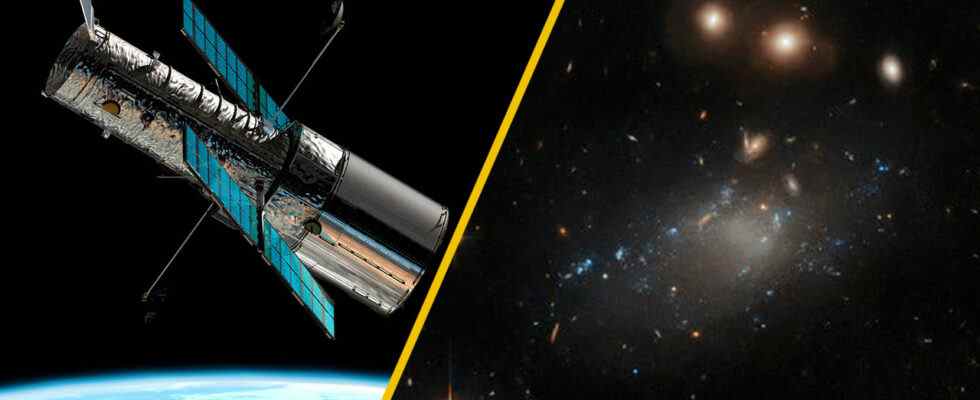Since its launch in 1990, it has shared the depths of space with us. Hubble Space Telescope continues to sign new and impressive images. In the shared image GAMA 526784 The galaxy, named so, sits at the center of the image as a large cluster of light. In the constellation Hydra galaxy about four billion light years is at a distance. This galaxy has broken a record with its star density.
“The fluffiest” galaxy!
shared image, ultra diffuse galaxies It was announced that it was filmed as part of the Hubble project to learn more about it. 60 thousand light years This galaxy, which was determined to be as large as the Milky Way, is approximately the same size as the Milky Way. Despite similar dimensions, the number of stars in this galaxy is only about 1 percent of that in the Milky Way. This situation makes GAMA 526784 The “fluffiest” galaxy doing.

How these galaxies, which are expected to separate from each other due to their low star densities, survive is a big question mark. at this point dark matter Activated. Researchers think that galaxies with high levels of dark matter can be protected in this way.
Hubble scientists used the following statements about the galaxy:
Ultra-disperse galaxies like GAMA 526784 have a number of distinctive features. For example, these galaxies may have very low or high amounts of dark matter, which is thought to make up the majority of the universe. Observations of ultra-diffuse galaxies have revealed that some have an almost complete lack of dark matter, while others are composed almost exclusively of dark matter. Another peculiarity of this class of galaxies is the unusual abundance of bright globular clusters not observed in other types of galaxies.
Hardly ever dark matter A clear explanation has not yet been made for ultra-disperse galaxies that do not contain any. Researchers are still working to answer this question. So what do you think about dark matter and galaxies? Give your feedback in the comments section or SDN ForumYou can share it with us.
